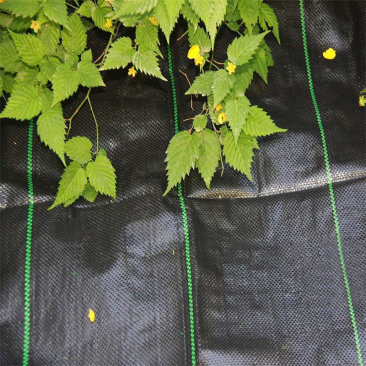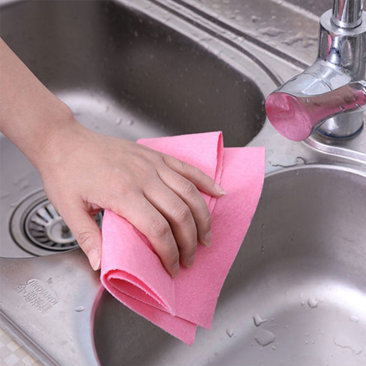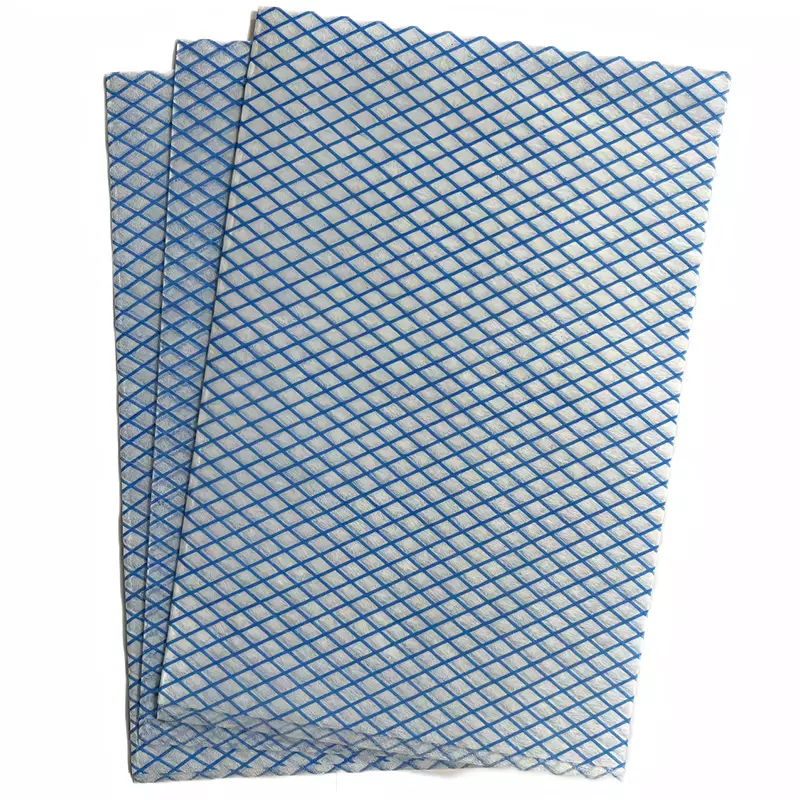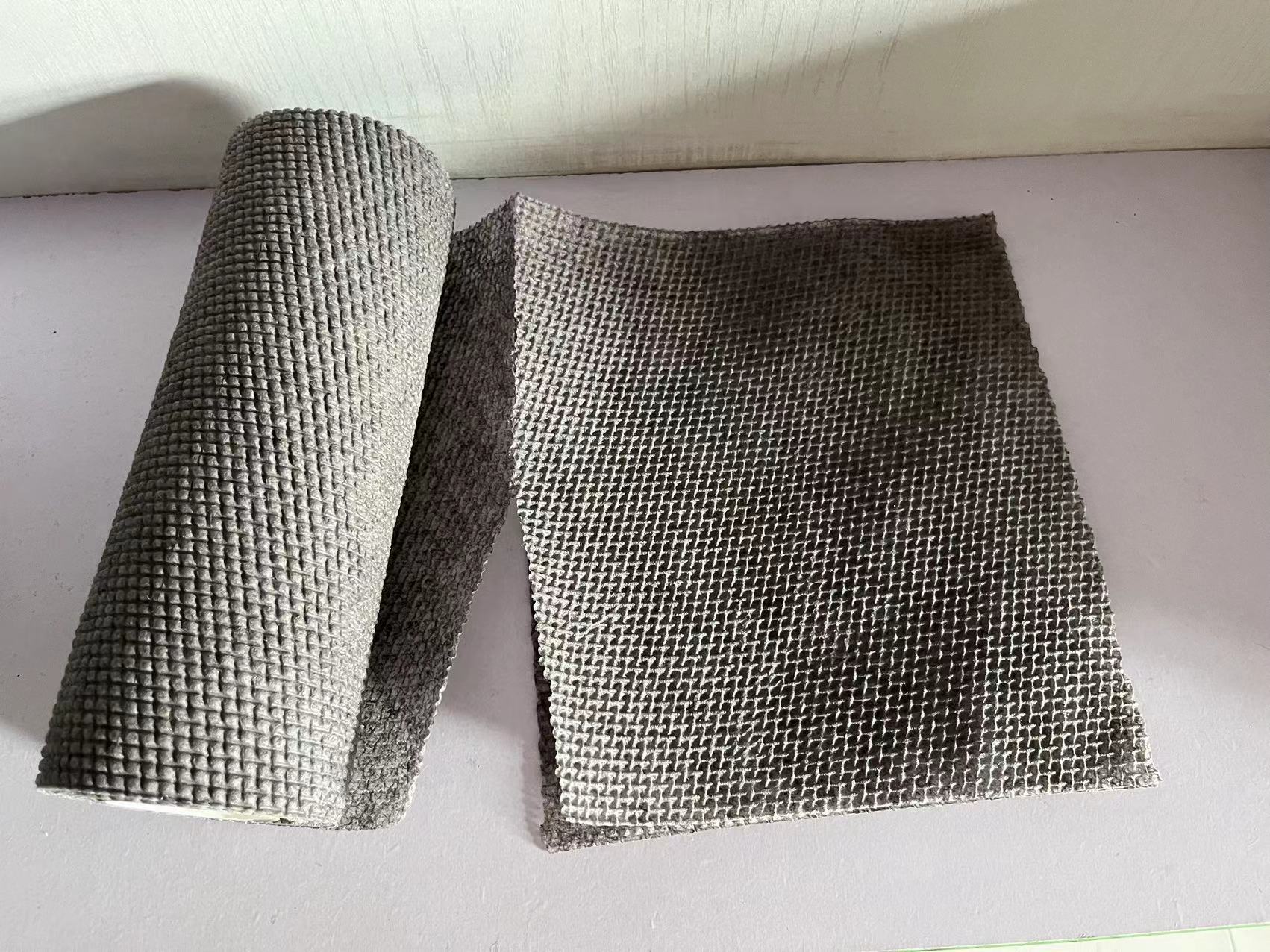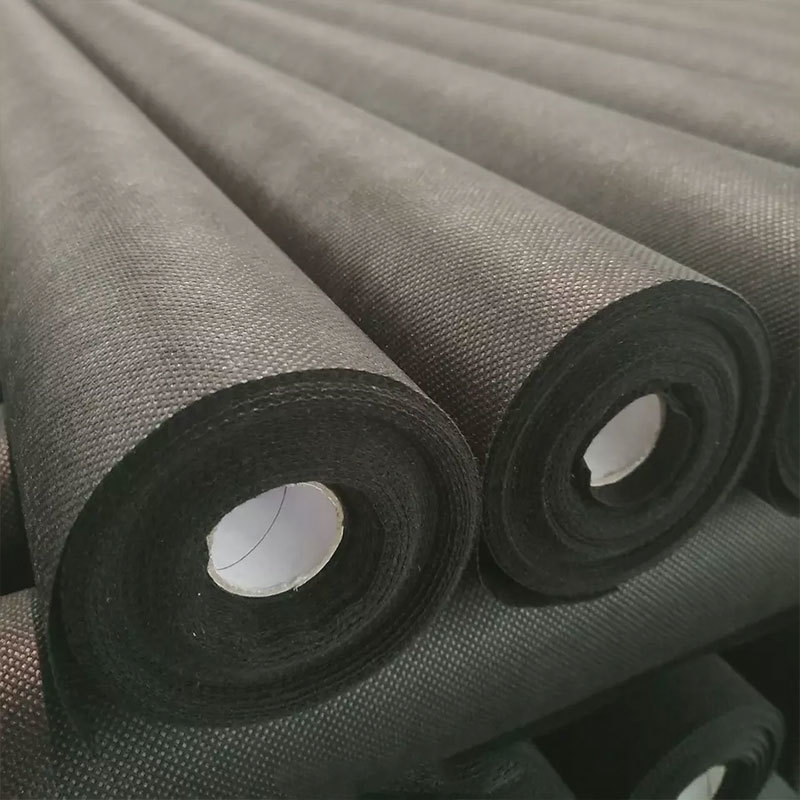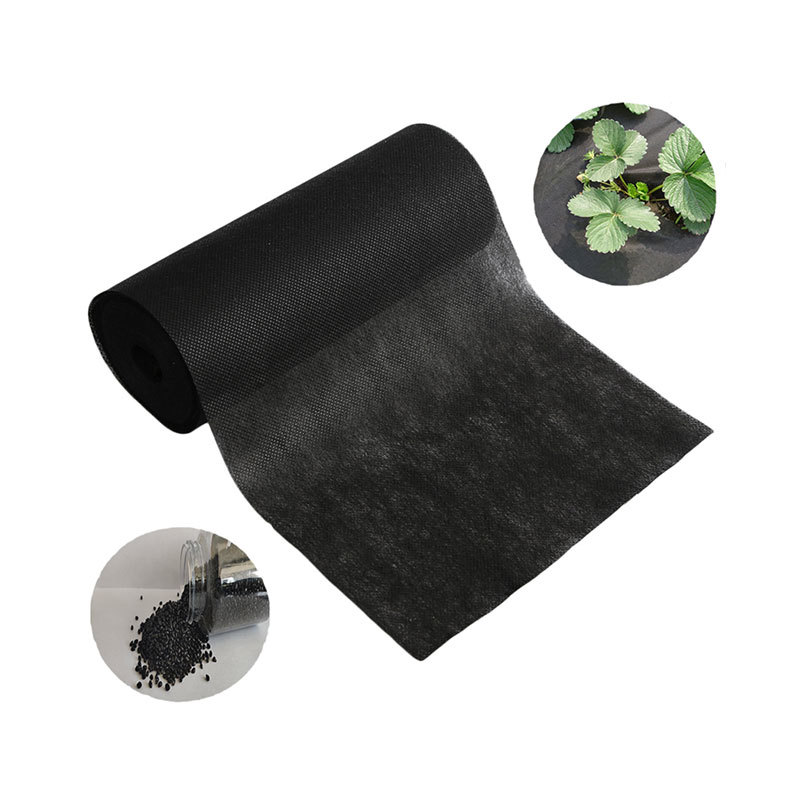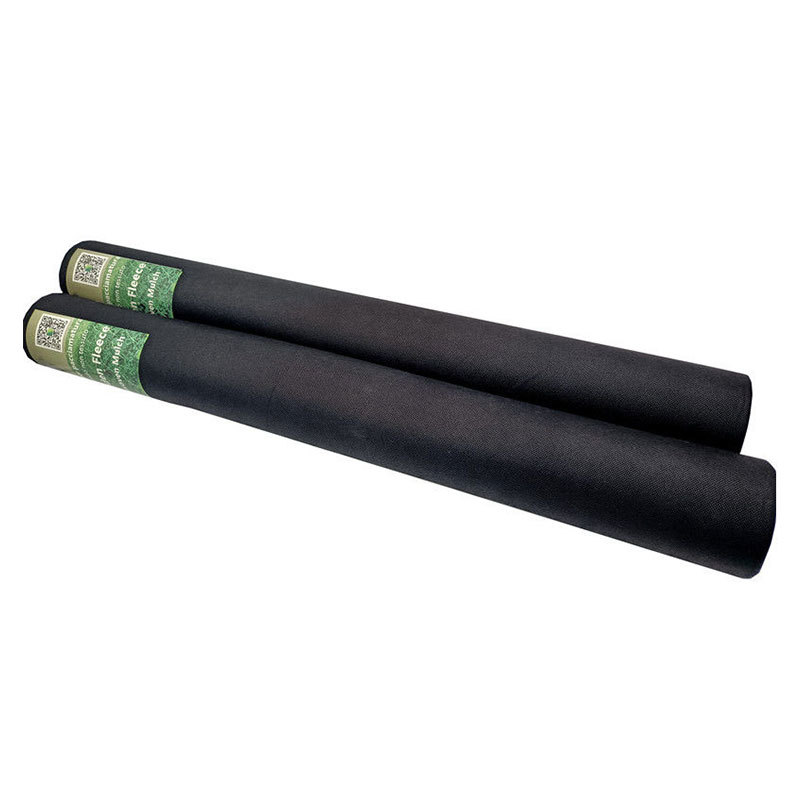23
2025
-
07
How PP Nonwoven Fabric is Revolutionizing the Textile Industry
How PP Nonwoven Fabric is Revolutionizing the Textile Industry Table of Contents 1. Introduction to PP Nonwoven Fabric 2. Understanding PP Nonwoven Fabric 3. Key Properties of PP Nonwoven Fabric 3.1 Durability and Strength 3.2 Lightweight and Versatile Design 3.3 Breathability and Comfort 4. Applications in the Textile Ind
How PP Nonwoven Fabric is Revolutionizing the Textile Industry
Table of Contents
- 1. Introduction to PP Nonwoven Fabric
- 2. Understanding PP Nonwoven Fabric
- 3. Key Properties of PP Nonwoven Fabric
- 4. Applications in the Textile Industry
- 5. Environmental Impact of PP Nonwoven Fabrics
- 6. The Future of PP Nonwoven Fabric in Textiles
- 7. Conclusion
- 8. FAQs
1. Introduction to PP Nonwoven Fabric
PP nonwoven fabric, or polypropylene nonwoven fabric, is making significant strides in the textile industry, providing an eco-friendly alternative to traditional materials. This innovative fabric boasts a unique structure, offering unparalleled advantages across various applications. As industries increasingly prioritize sustainability and efficiency, PP nonwoven fabric emerges as a frontrunner due to its versatility, cost-effectiveness, and various functional properties.
2. Understanding PP Nonwoven Fabric
PP nonwoven fabric is produced by bonding polypropylene fibers together through mechanical, thermal, or chemical processes, resulting in a fabric that is neither woven nor knitted. Unlike traditional fabrics, which require extensive processing and resources, nonwoven fabrics are created to maximize efficiency and minimize waste. This makes PP nonwoven fabric an environmentally friendly option that aligns with modern sustainability goals.
3. Key Properties of PP Nonwoven Fabric
PP nonwoven fabric exhibits several unique properties that contribute to its growing popularity in the textile industry.
3.1 Durability and Strength
One of the standout features of PP nonwoven fabric is its exceptional durability. It is designed to withstand harsh conditions, which makes it perfect for applications requiring resilience and longevity. This strength prevents wear and tear, ensuring that products made from PP nonwoven fabric maintain their integrity over time.
3.2 Lightweight and Versatile Design
Another noteworthy characteristic of this fabric is its lightweight nature. This attribute not only enhances comfort—making it ideal for clothing and textiles—but also reduces shipping costs and energy consumption during transportation. The versatility of PP nonwoven fabric allows it to be utilized in various forms, from soft drapery to sturdy textiles.
3.3 Breathability and Comfort
Breathability is a critical factor in the selection of fabrics, especially in apparel and home textiles. PP nonwoven fabric is designed to allow air to flow freely, promoting comfort for users. This quality also makes it a suitable option for medical textiles, where moisture management is essential.
4. Applications in the Textile Industry
The versatility of PP nonwoven fabric has led to its widespread adoption across various sectors within the textile industry.
4.1 Apparel Manufacturing
In the apparel sector, PP nonwoven fabrics are revolutionizing garment production. Lightweight and flexible, these fabrics can be seamlessly integrated into fashion designs, providing comfort without sacrificing style. Moreover, their durability ensures that garments maintain their shape and quality through multiple washes, catering to the demands of consumers seeking longevity in their clothing.
4.2 Home Textiles
PP nonwoven fabrics are also making waves in the home textiles market. From bedding to curtains, this fabric offers an array of options for home decor. Its breathability, along with easy maintenance, allows homeowners to enjoy stylish and functional textiles that stand the test of time. Additionally, the vibrant colors and prints available create opportunities for creative design.
4.3 Automotive Textiles
The automotive industry has embraced PP nonwoven fabric for its lightweight properties and durability. Used in upholstery, insulation, and sound absorption, this material contributes to fuel efficiency and overall vehicle performance. As car manufacturers strive to meet stricter environmental regulations, incorporating PP nonwoven fabric into their designs proves beneficial for both performance and sustainability.
5. Environmental Impact of PP Nonwoven Fabrics
The environmental impact of textiles has become a critical concern in recent years. PP nonwoven fabric, however, offers sustainable advantages that align with eco-conscious initiatives. Being recyclable, it reduces landfill waste, and its production process requires less water and energy compared to traditional fabrics. Furthermore, advancements in biodegradable options for PP nonwoven fabrics are paving the way for even more sustainable solutions.
6. The Future of PP Nonwoven Fabric in Textiles
As we look to the future, the role of PP nonwoven fabric in the textile industry is set to expand significantly. Innovations in technology and recycling practices will likely pave the way for new applications and sustainable production methods. The increasing demand for sustainable textiles will drive research and development efforts, resulting in more efficient, eco-friendly options that cater to modern consumers' needs.
7. Conclusion
PP nonwoven fabric is undeniably revolutionizing the textile industry. Its unique properties, versatile applications, and environmental benefits make it a game-changer. As the industry shifts towards sustainable practices, we can expect PP nonwoven fabric to play an even more significant role in shaping the future of textiles. From apparel and home textiles to automotive applications, this innovative material is set to redefine standards and practices, ultimately leading to a more sustainable future in the textile sector.
8. FAQs
What is PP nonwoven fabric made of?
PP nonwoven fabric is primarily made from polypropylene fibers that are bonded together through mechanical, thermal, or chemical processes.
What are the main benefits of using PP nonwoven fabric?
The key benefits include durability, lightweight design, breathability, recyclability, and cost-effectiveness, making it ideal for diverse applications.
How is PP nonwoven fabric used in the medical field?
PP nonwoven fabric is utilized in medical textiles for masks, gowns, and drapes due to its breathable nature and ability to provide barrier protection.
Can PP nonwoven fabric be recycled?
Yes, PP nonwoven fabric is recyclable, and advancements in recycling technologies are facilitating its reuse and reducing environmental impact.
What is the future outlook for PP nonwoven fabric?
The future of PP nonwoven fabric looks promising, with ongoing innovations enhancing its sustainability, versatility, and applications across various industries.
PP nonwoven fabric


